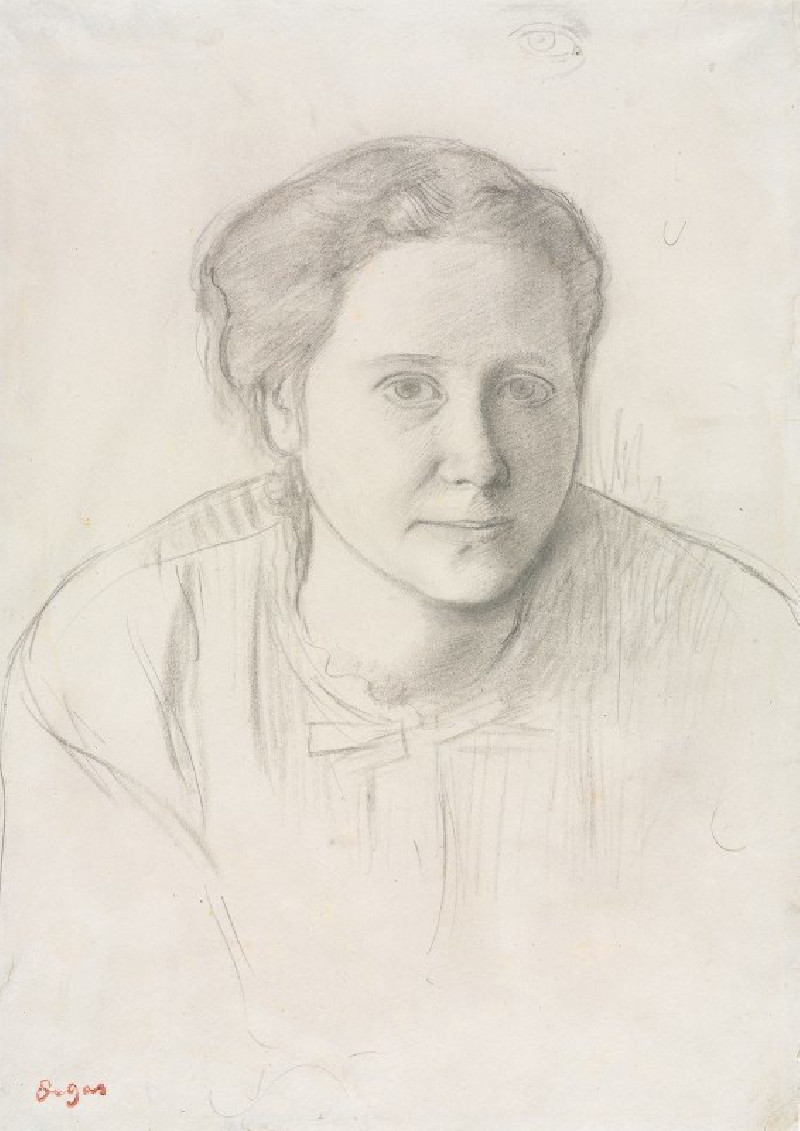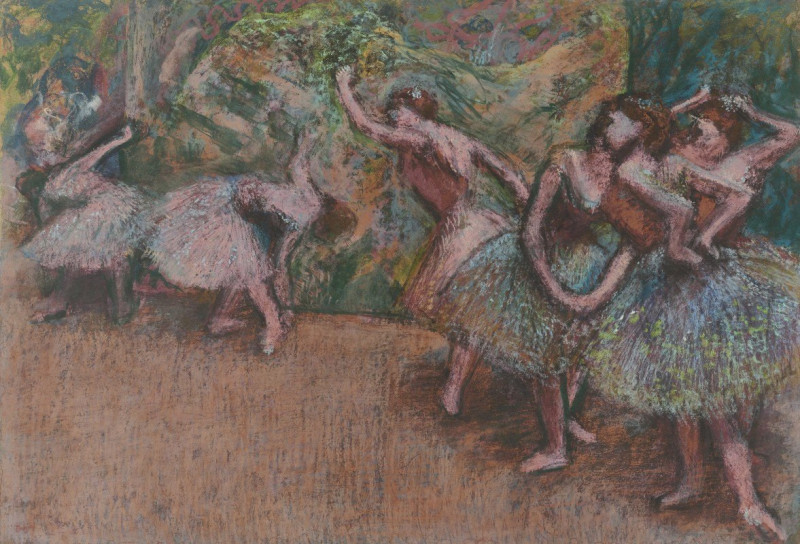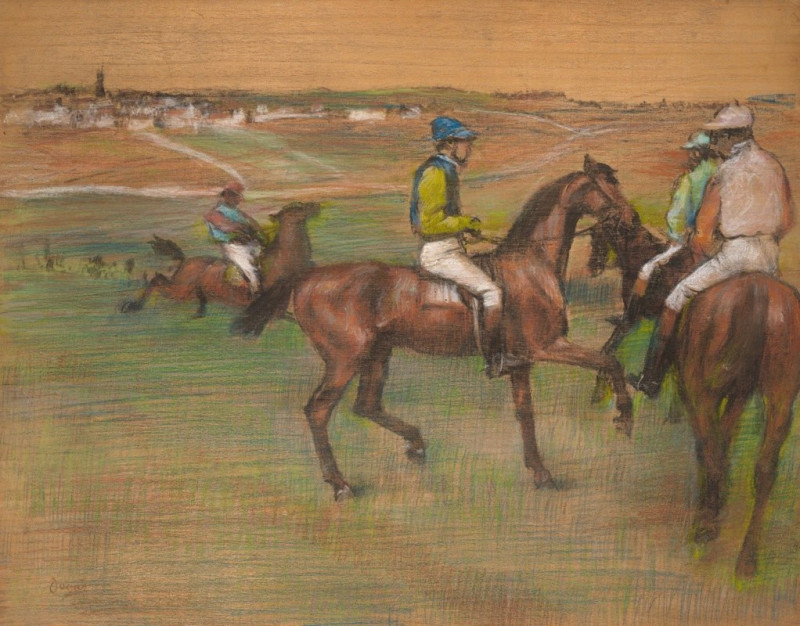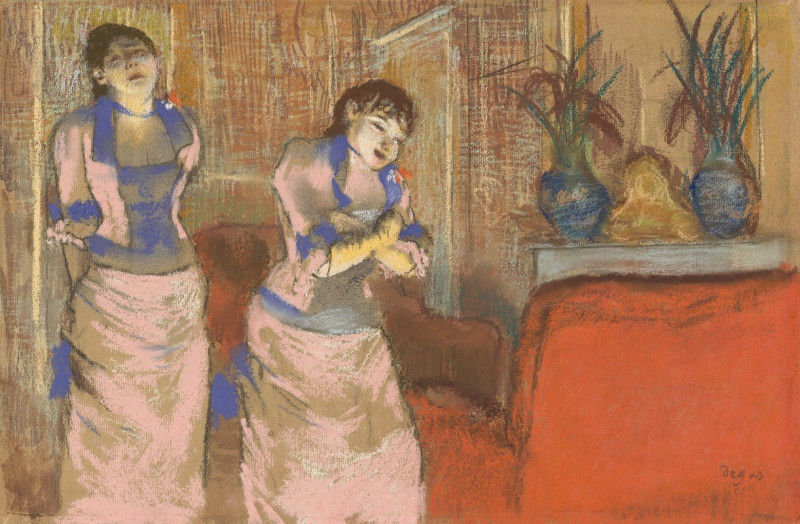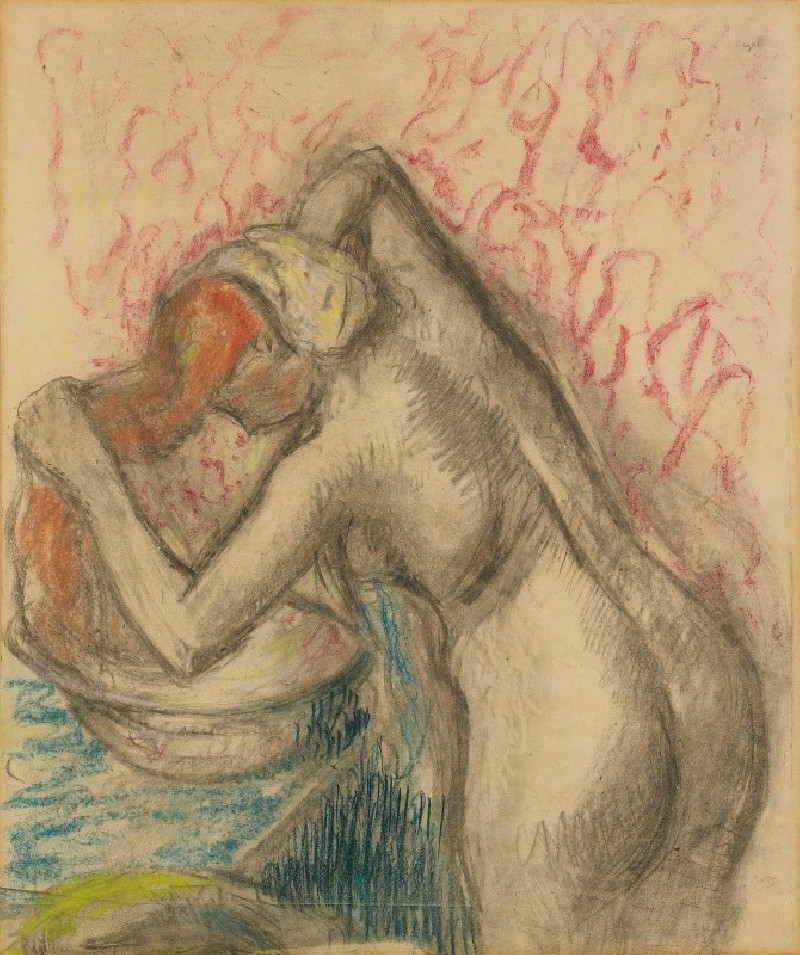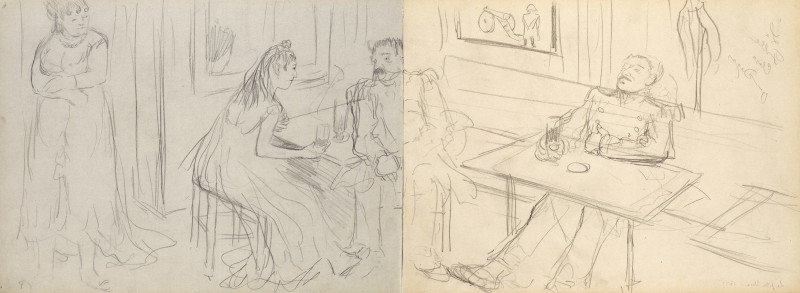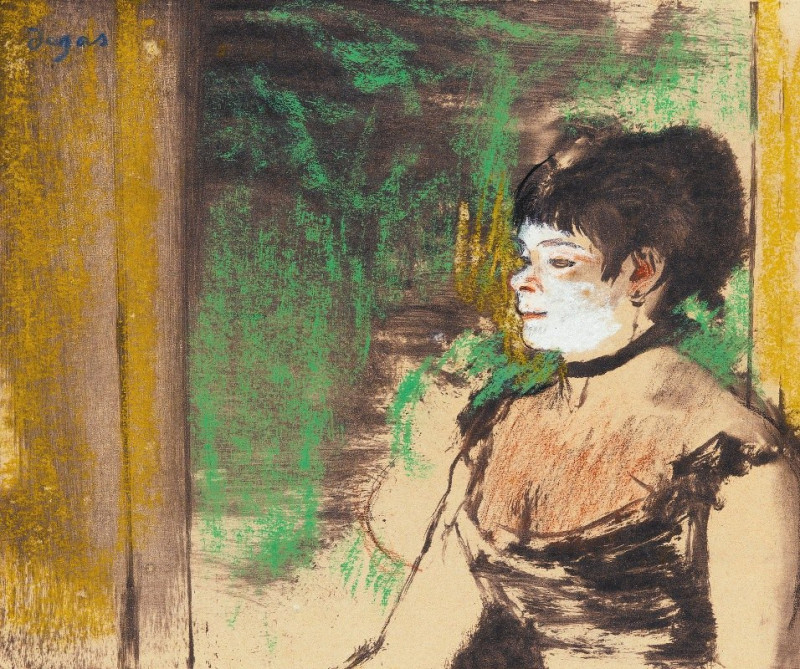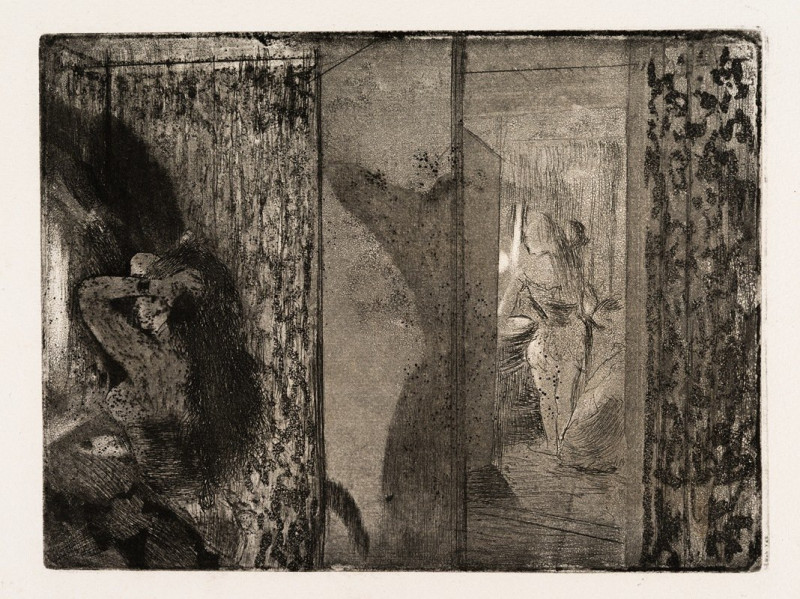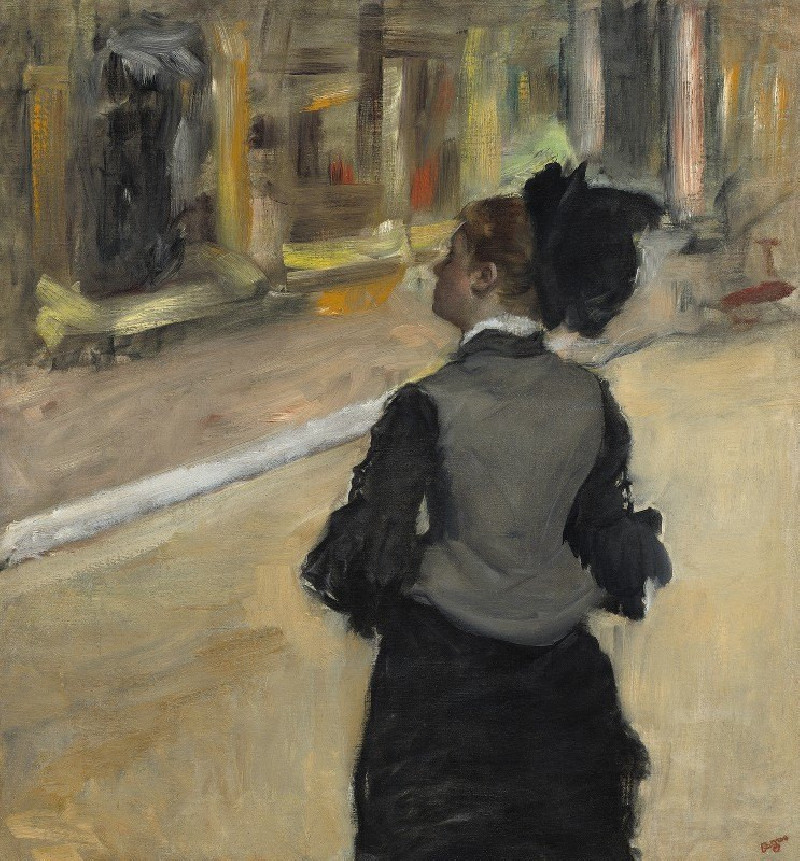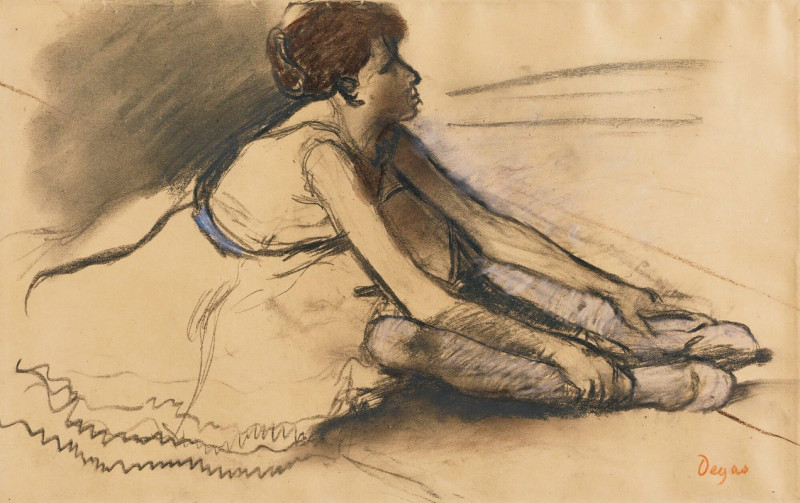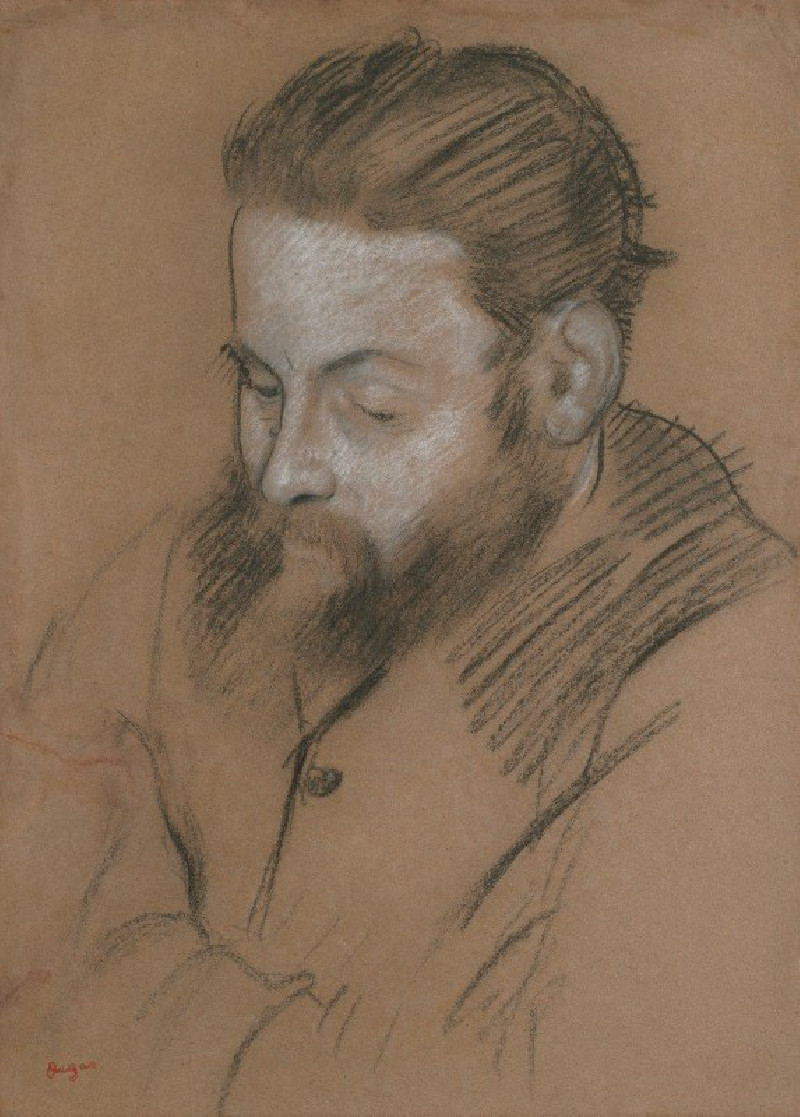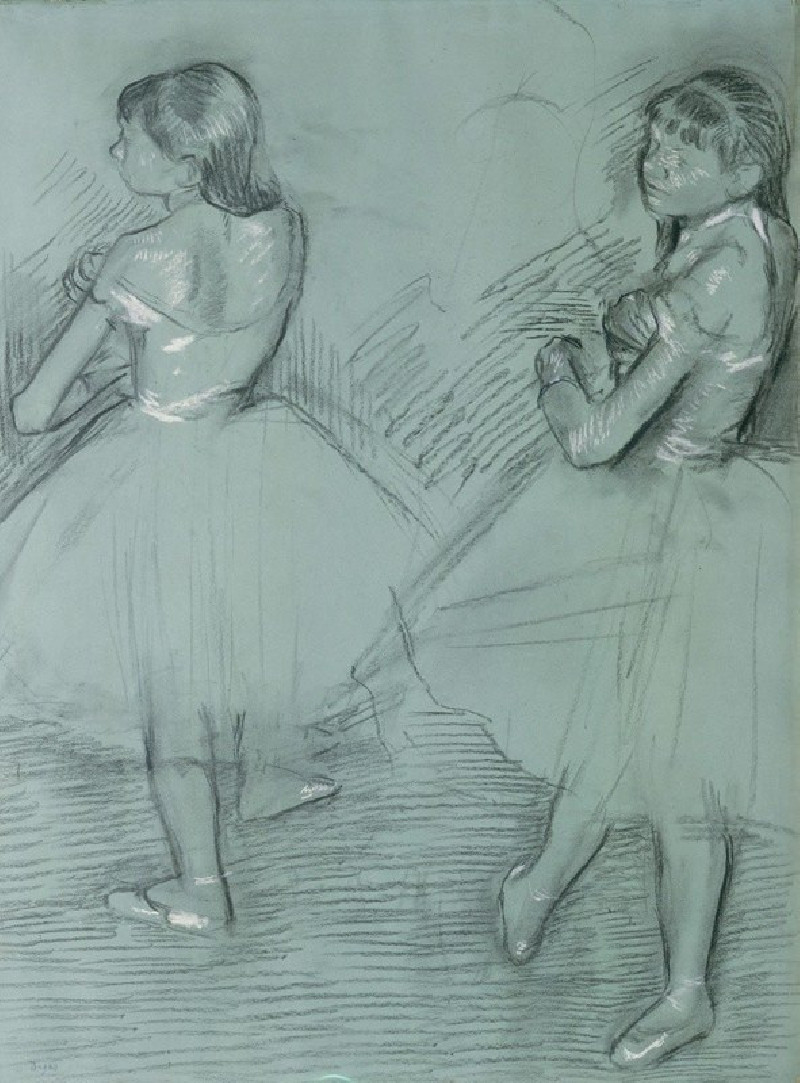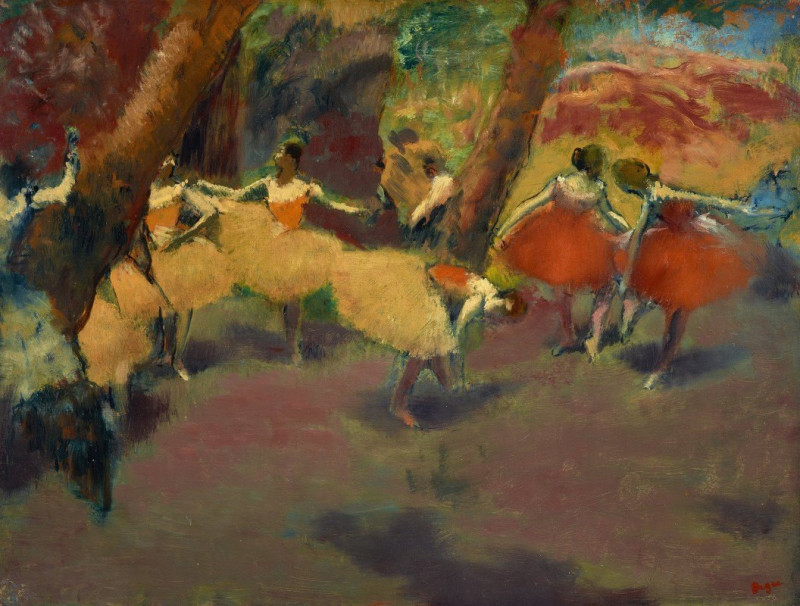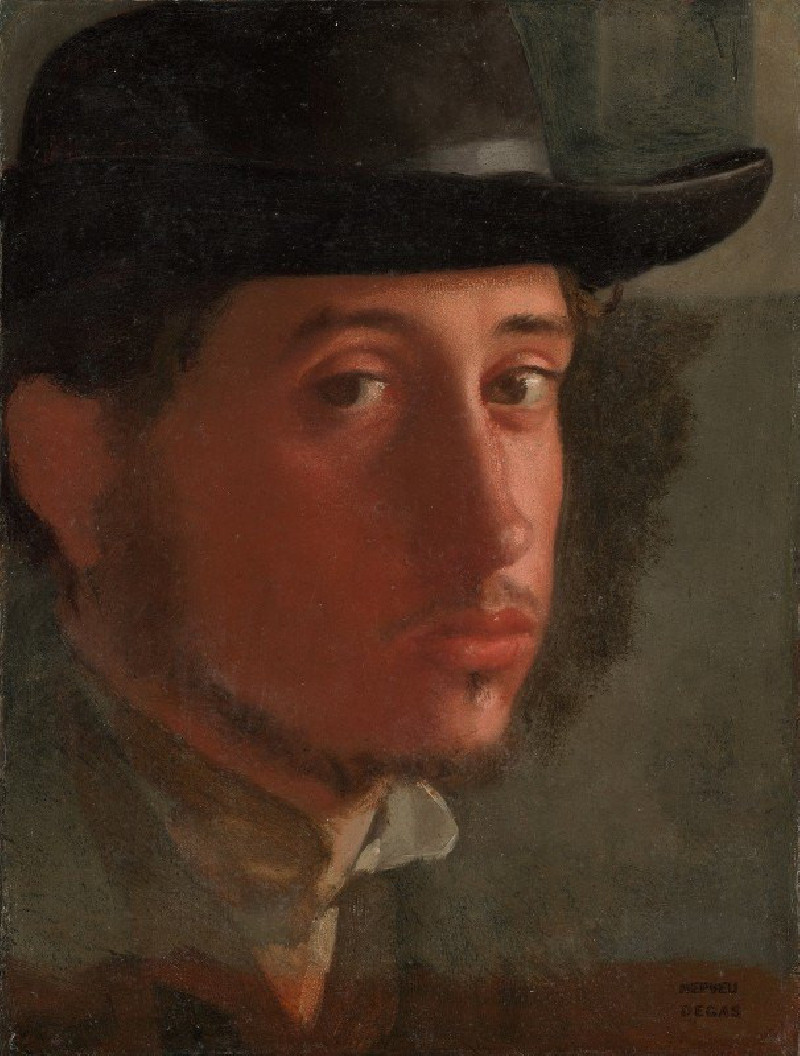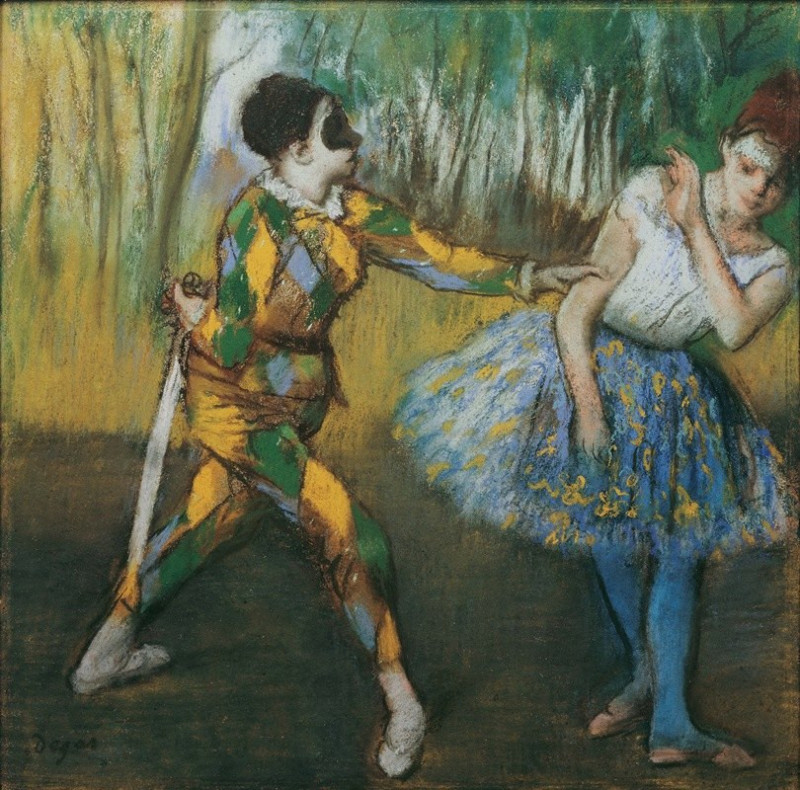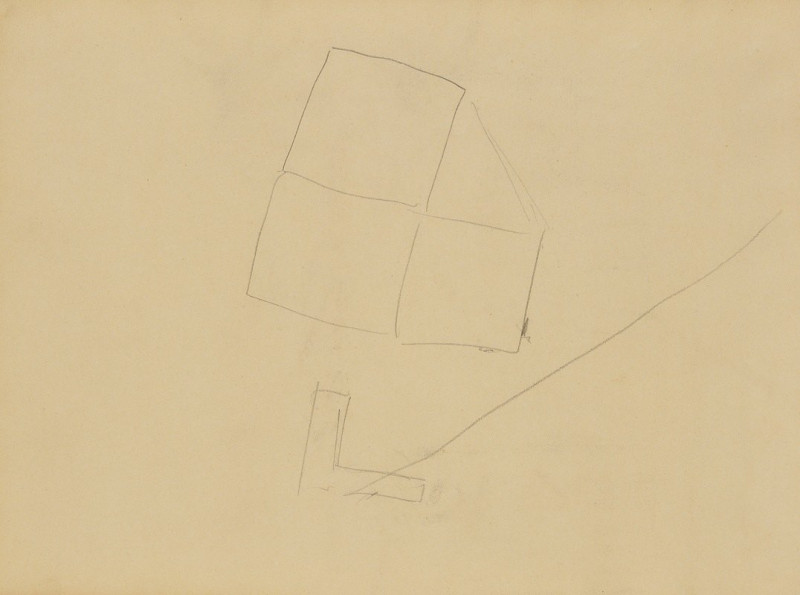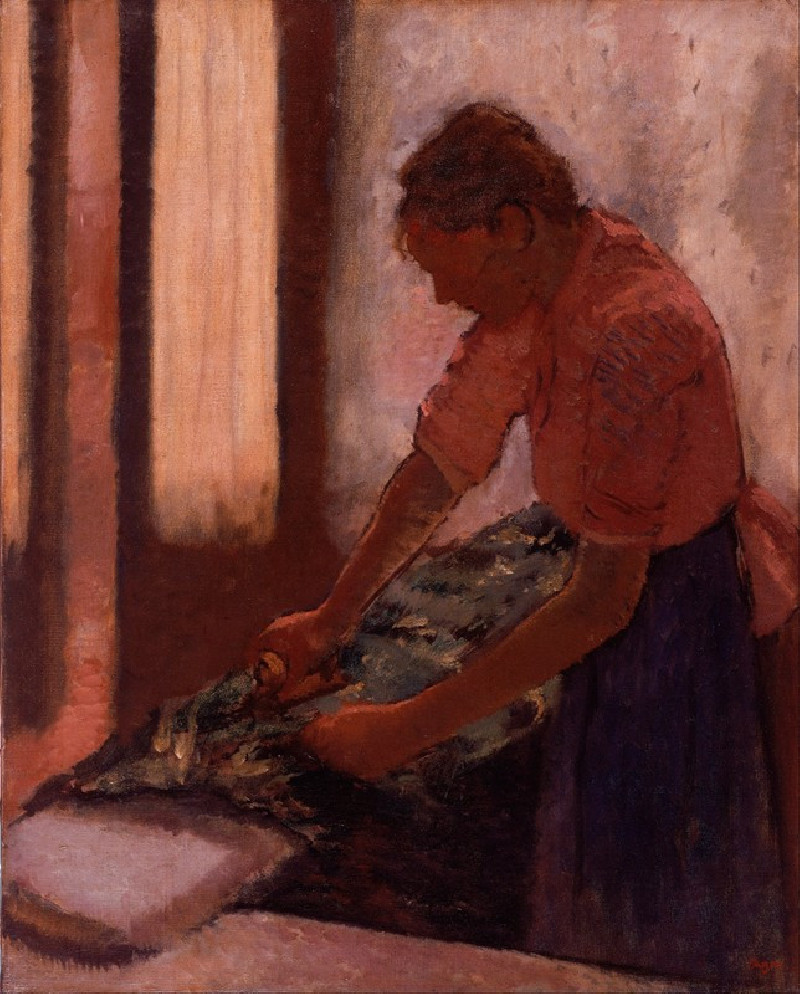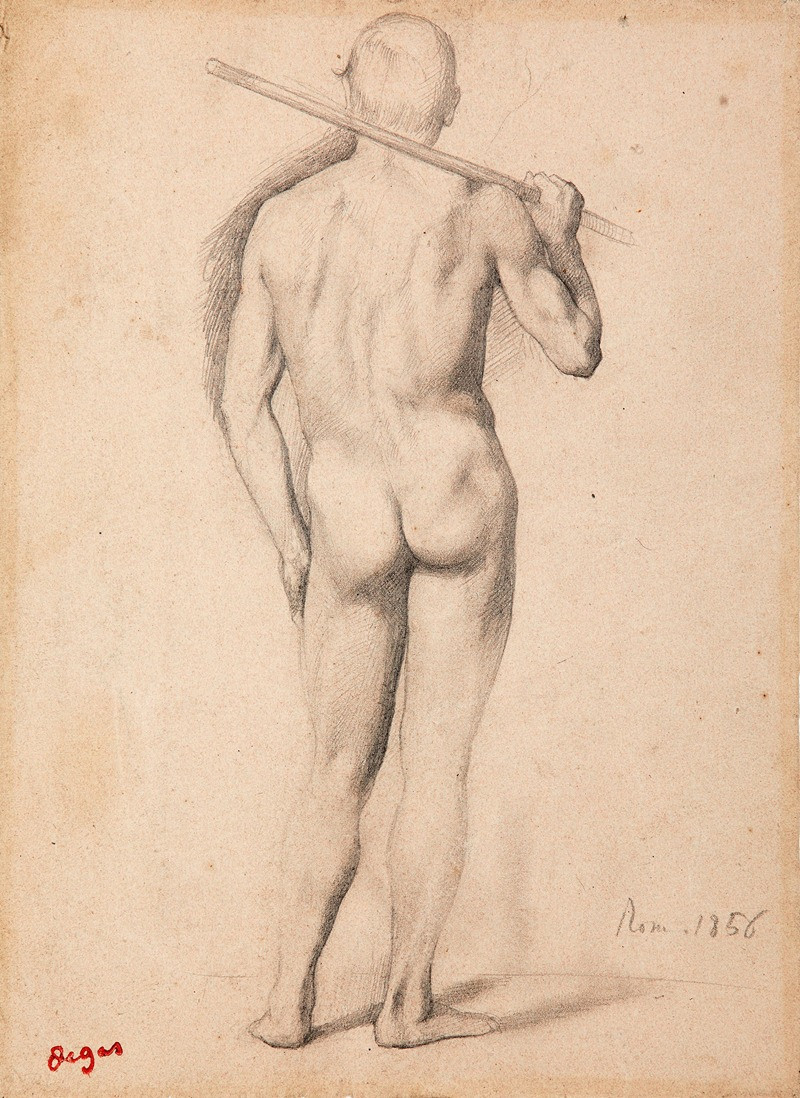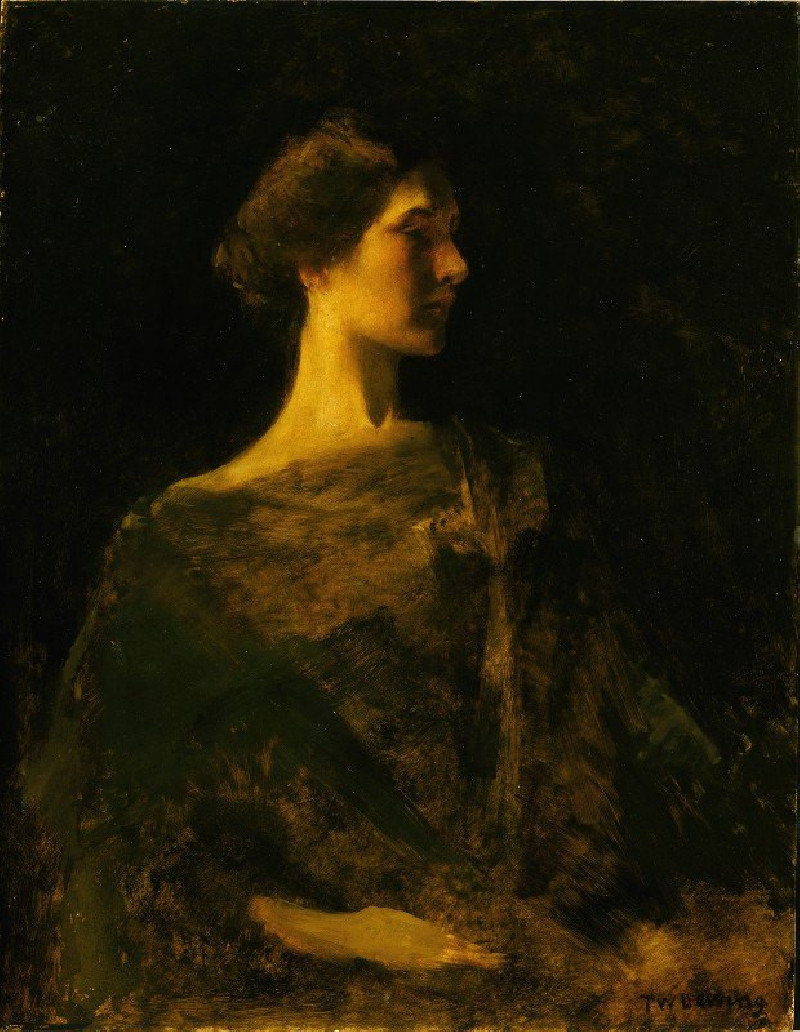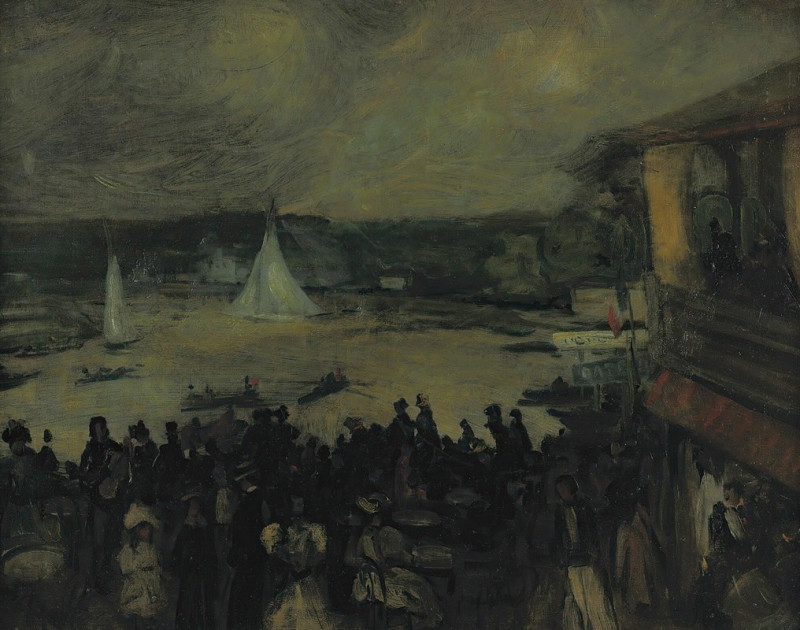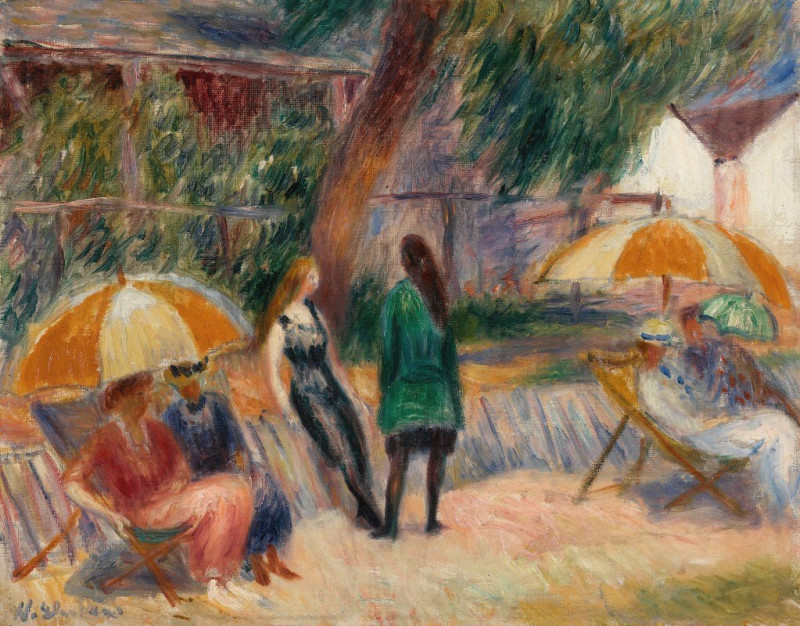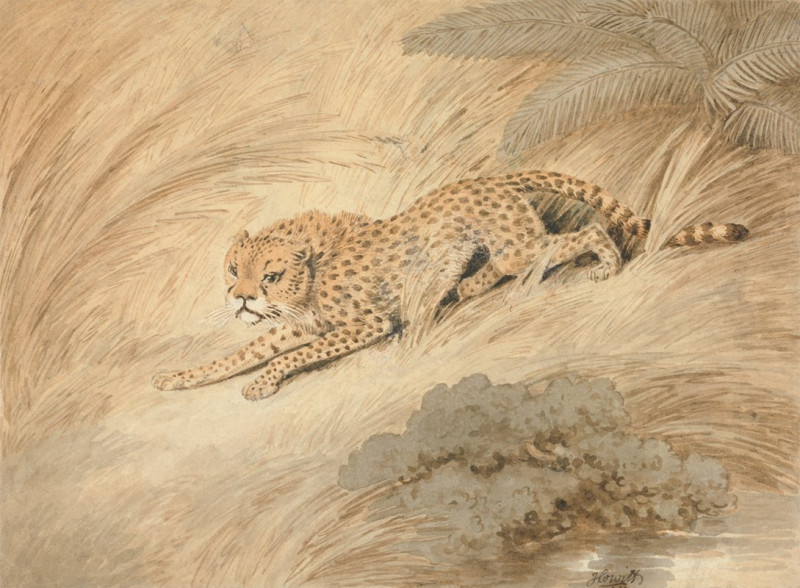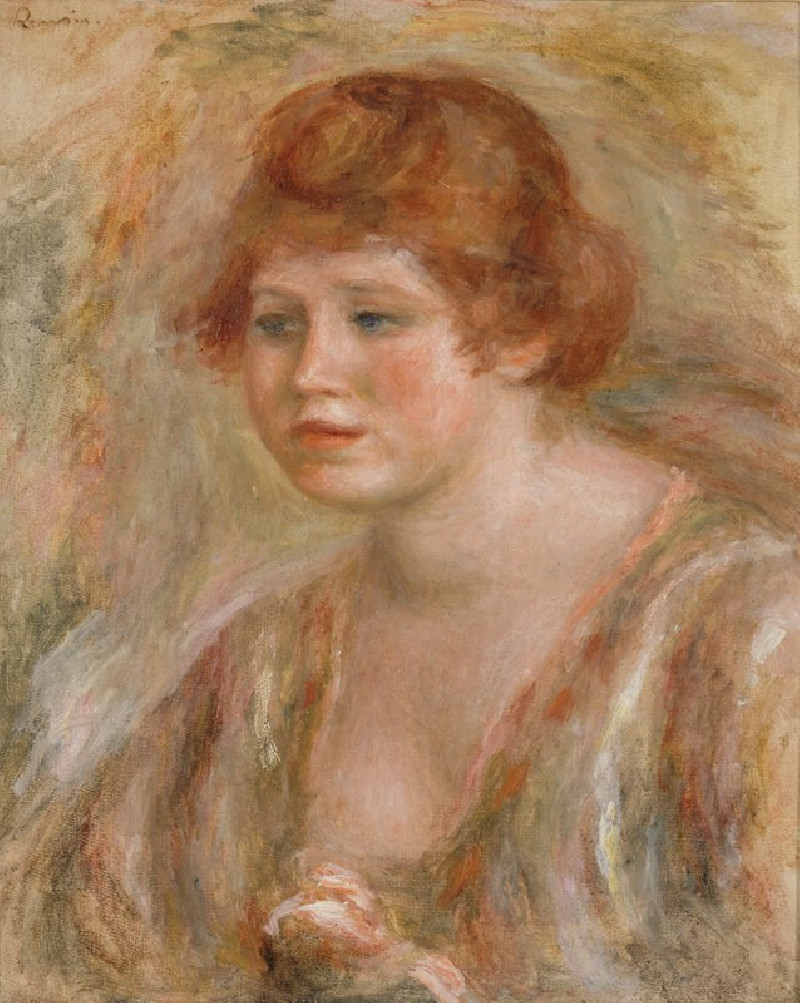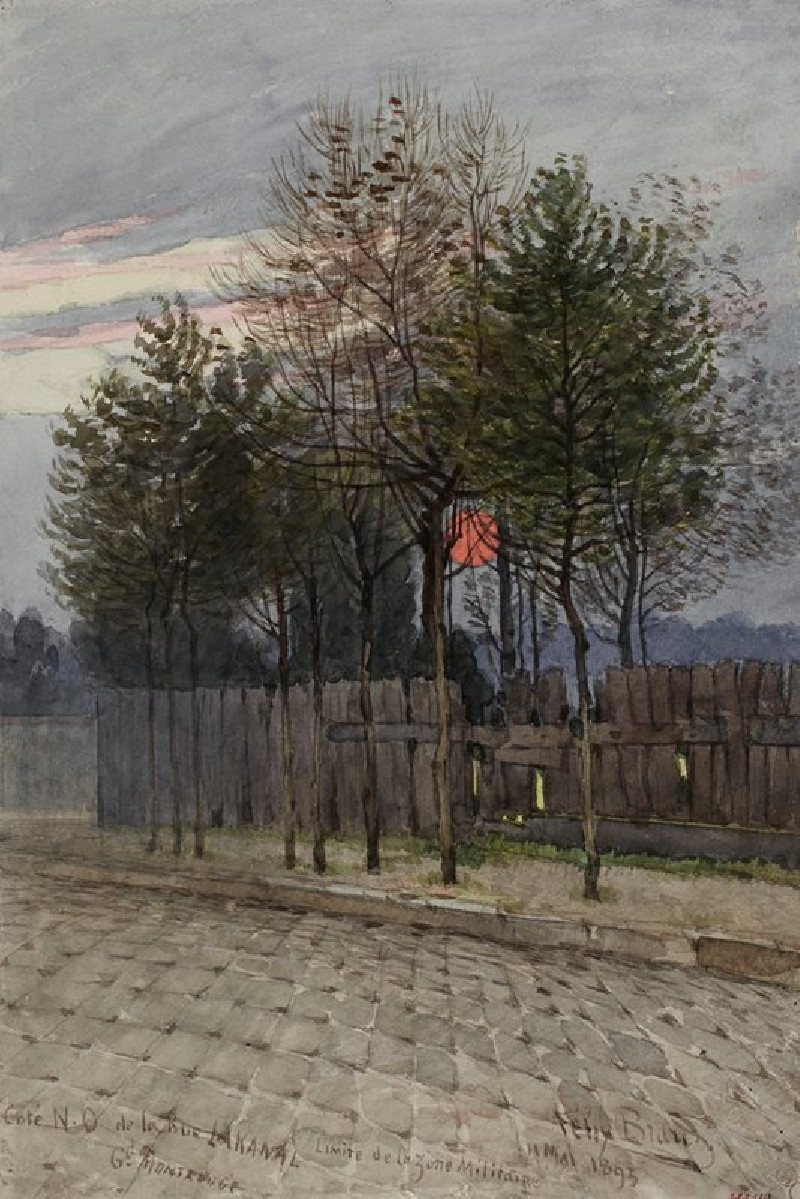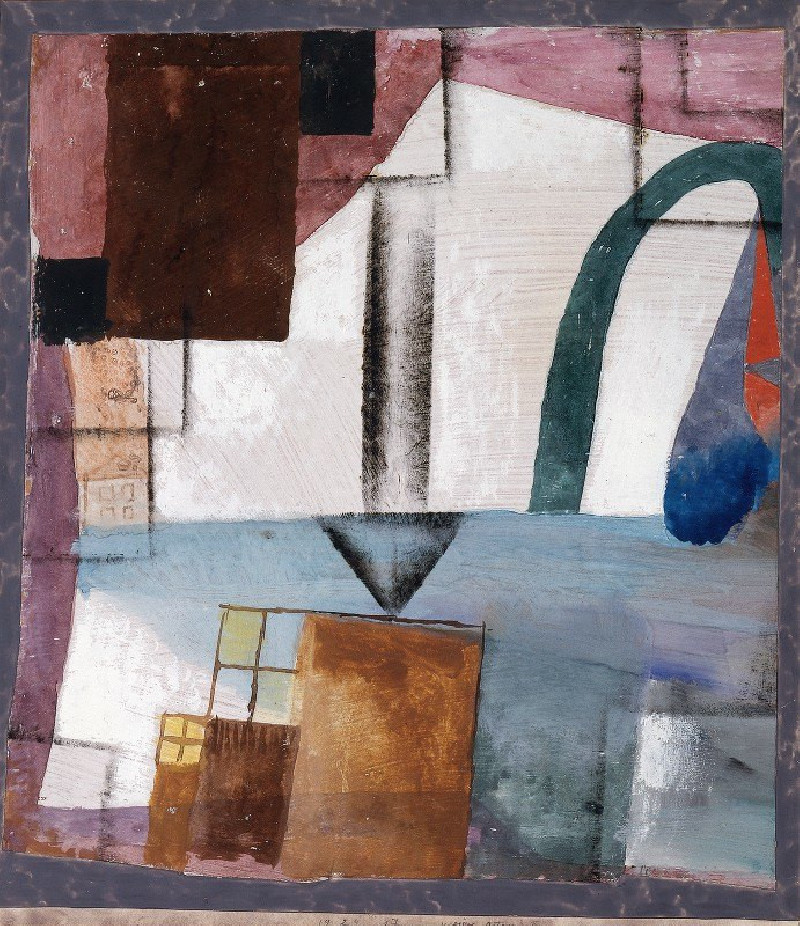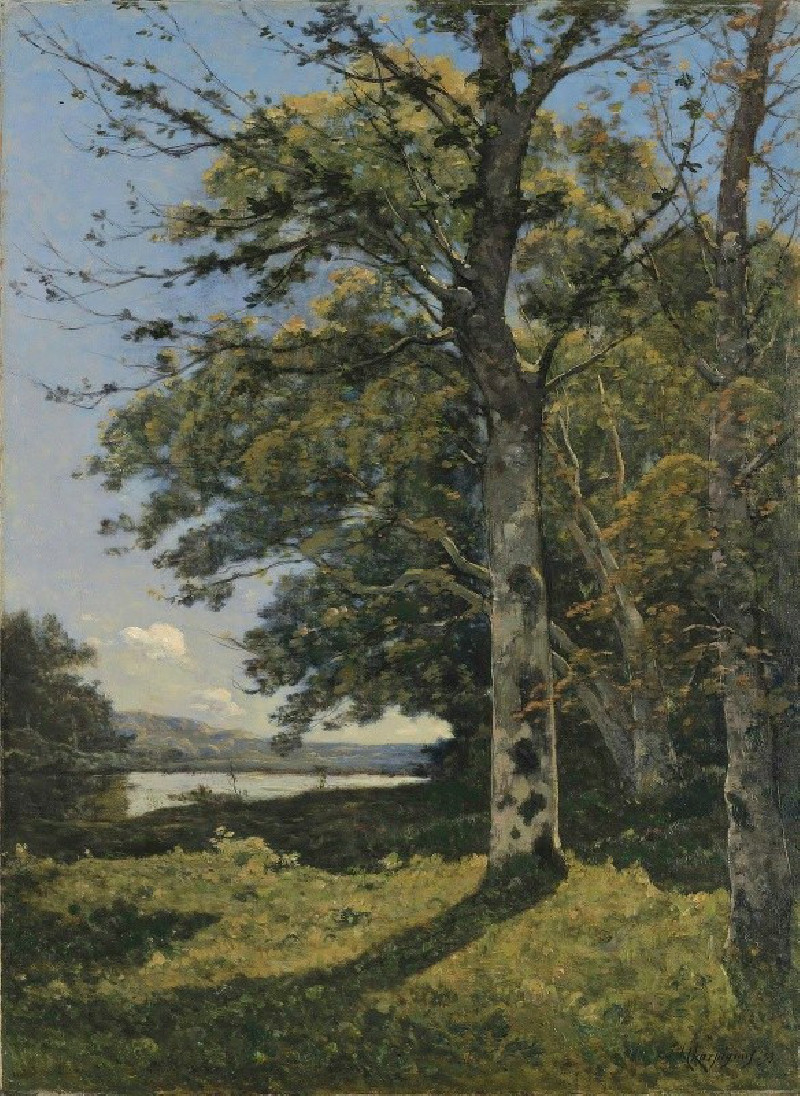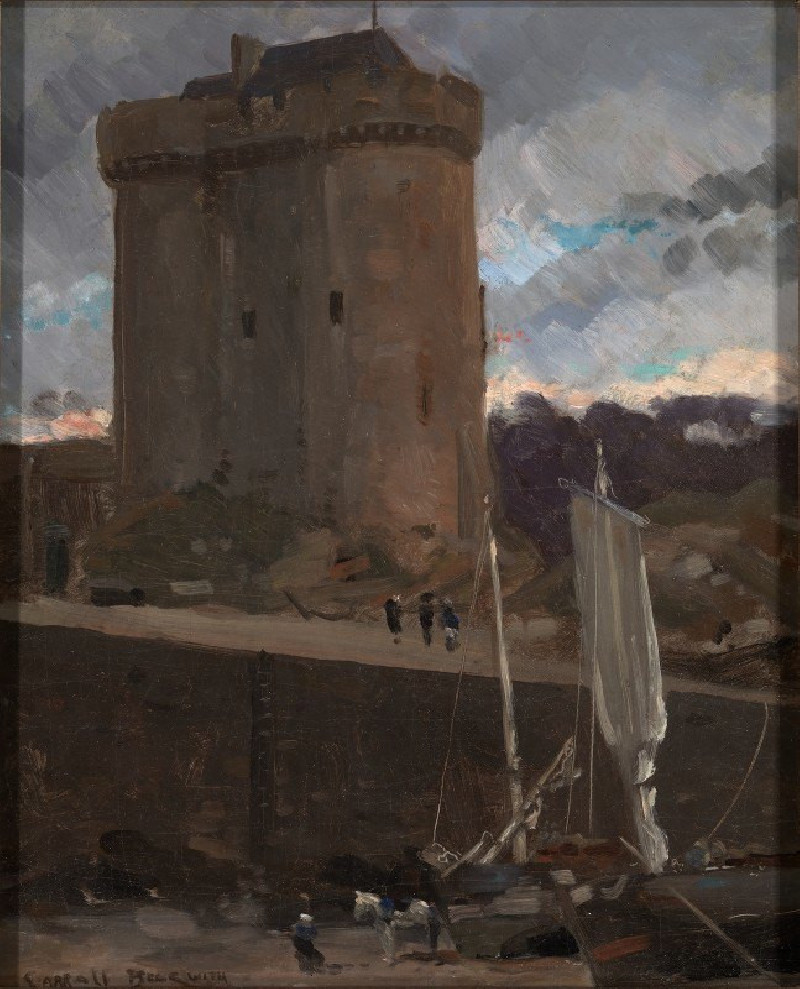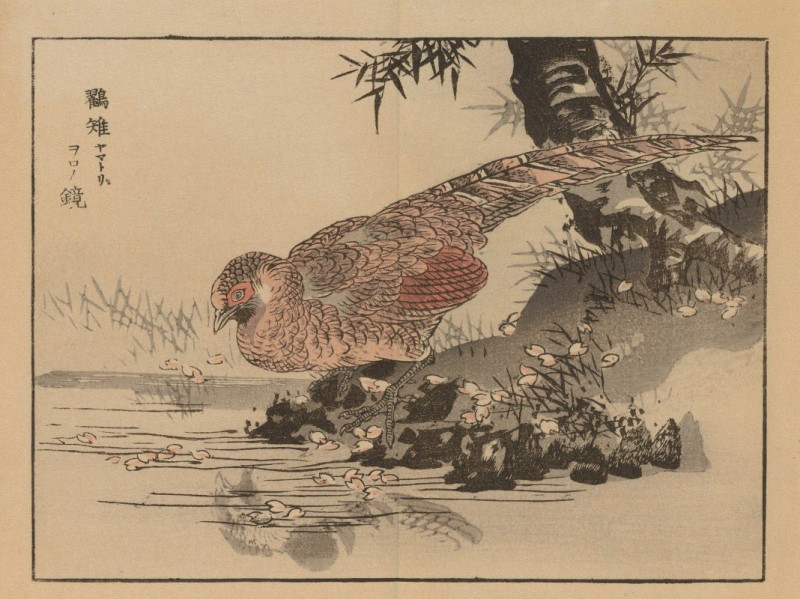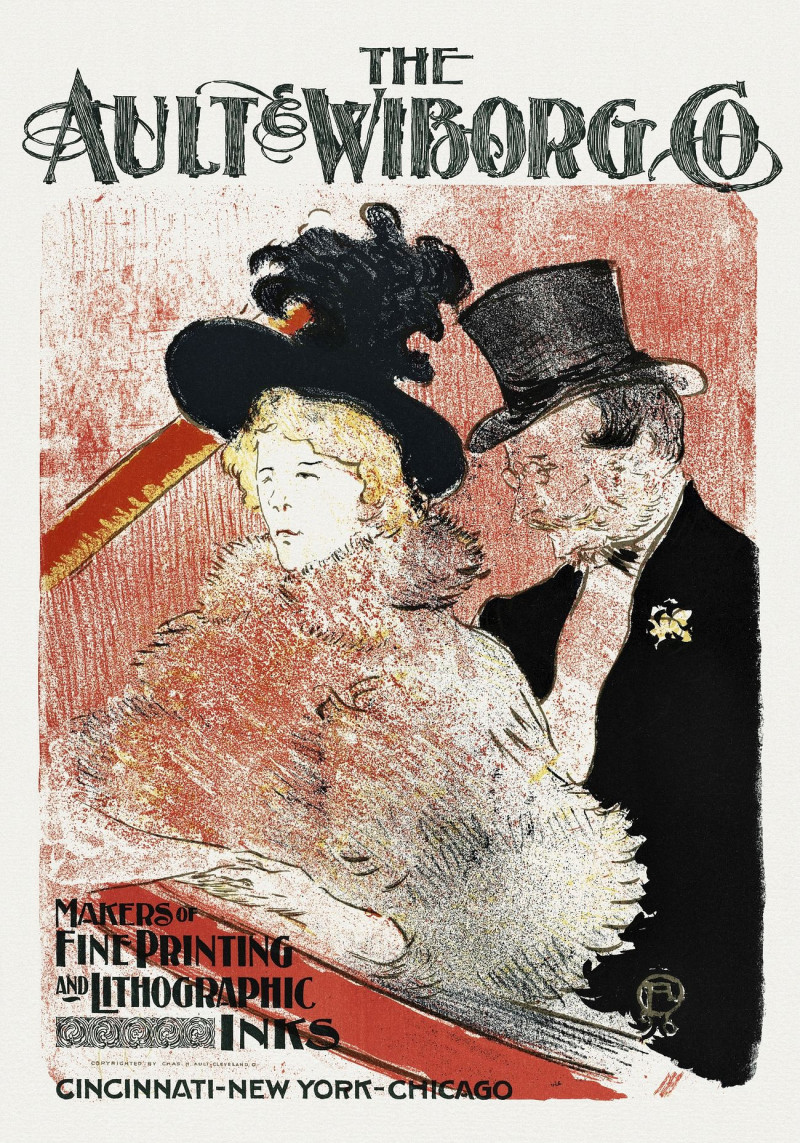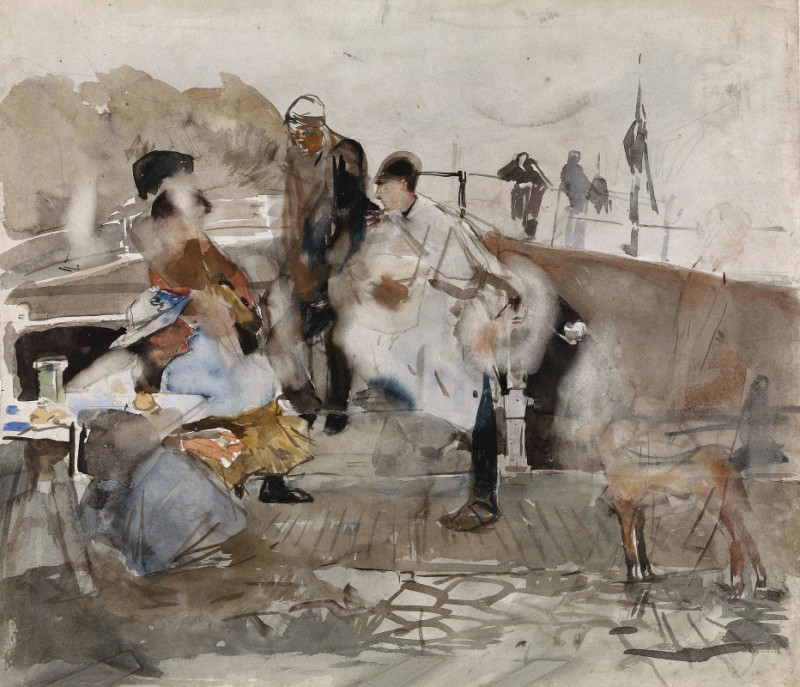Fallen Jockey (study for ‘Scene from the Steeplechase – The Fallen Jockey’) II (c. 1866)
Technique: Giclée quality print
Recommended by our customers
More about this artwork
Edgar Degas, renowned for his exquisite attention to human form and dynamic compositions, presents a raw and gripping sketch in "Fallen Jockey (study for ‘Scene from the Steeplechase – The Fallen Jockey’) II" from around 1866. This evocative piece captures an immobilized jockey in a moment of vulnerability, a dramatic departure from the usual vitality associated with horse racing.This study delves deep into the themes of fall and failure, which are not often explored in sporting art. The jockey, depicted with loose, expressive lines, lies back with his eyes closed, possibly unconscious, evoking a poignant sense of stillness and despair. The minimalistic approach focuses the viewer’s attention on the jockey's body language and facial expression, which are rendered with an immediacy that conveys the urgency and the abrupt cessation of motion typical of a fall.Degas’ mastery in portraying the human body in various states of action and repose is evident in this sketch. The positioning and anatomy are studied with care, providing an almost clinical observation of the fallen figure, yet the emotional undertone of the sketch is unmistakable, marking this work as a compelling piece of Degas’ exploration into the less celebrated aspects of sporting life.This drawing not only emphasizes Degas' skill as a draftsman but also showcases his ability to capture fleeting, tragic moments with grace and sensitivity.


